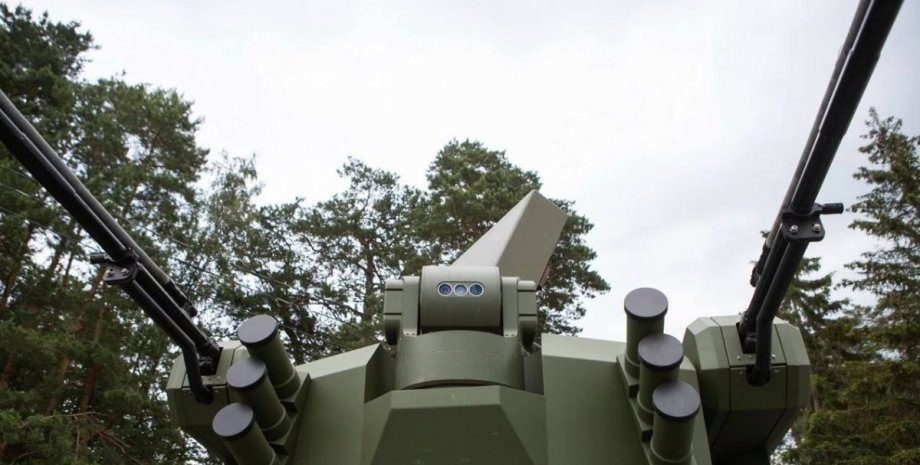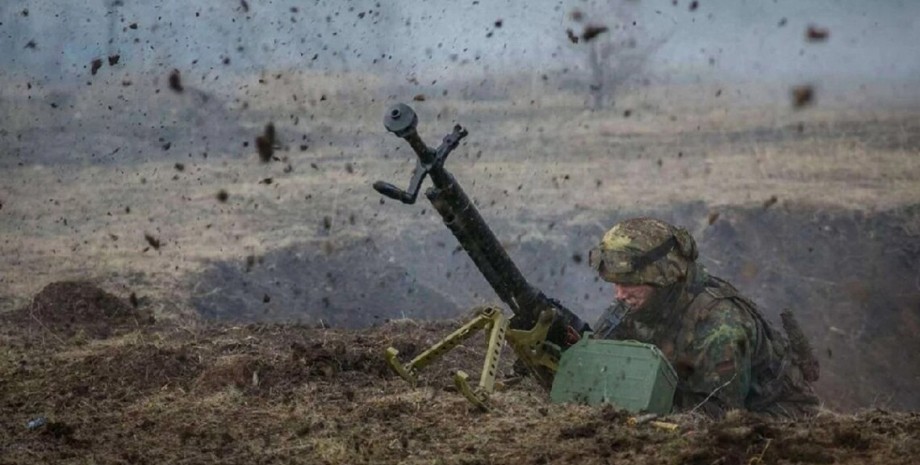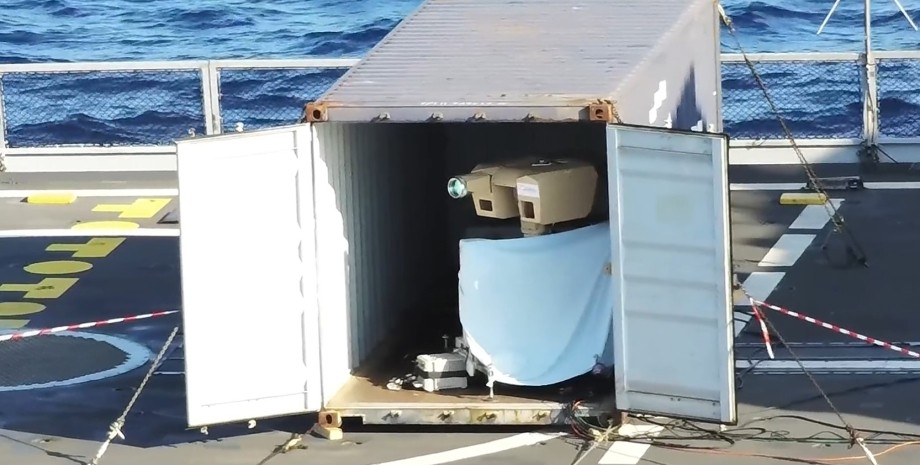
 By Victor Duda
By Victor Duda
More than 10,000 servicemen of the People's Liberation Army of China (NVAK) passed through the Tiananmen Square in Beijing, where 50,000 spectators gathered. Hundreds of armored vehicles, aviation and drones were also attended by the parade, which were to testify to China's military power and achievements in the field of advanced weapons. About it reports Business Insider. Focus gathered information about the possibilities of new Chinese weapons.
During the parade, China has presented a wide range of modern weapons, including strategic systems: the JL-3 rocket (CSS-NX-20) is a solid fuel underwater ballistic missile with a range of more than 10,000 km, which allows Chinese atomic submarines, such as Type 094. This significantly increases their survival and operational flexibility.
According to the US Department of Defense, the rocket is capable of carrying several nuclear warheads (MIRV) and equipped with a guidance system integrated with the Chinese Satellite Navigation System Beidou. The first test start of the JL-3 was conducted on November 24, 2018 in the Gulf Bochai. According to the Center of Strategic and International Research (CSIS), the rocket demonstrated a successful cold starting system that confirmed its readiness for operation.
The DF-31 (CSS-10) intercontinental ballistic missile is a mobile solid fuel system capable of carrying a nuclear warhead up to 1 megatone. According to the US Department of Defense, the DF-31A rocket has a range of up to 13 200 km, which allows you to achieve goals in the US. The DF-31 is equipped with a guidance system integrated with the Beiduo Satellite Navigation System, which provides high accuracy.
The mobile platform on an octagonal chassis allows the rocket to unfold quickly and secretly move, increasing its survival in counteraction. Last November, China successfully launched an intercontinental ballistic missile (MBR) with a mitizer of the warhead into the Pacific Ocean - the rocket fell into the specified area. This was the first case since 1980, when China spent the IBB's test launch in international waters.
One of the most striking innovations on the parade was the submarine Ajx002 unmanageable apparatus, the length of which exceeds 18 meters and the diameter - up to 1. 5 meters. According to experts, the design of the drone resembles a torpedo with a water engine and a modular system for transportation, which allows the device to develop a speed of more than 30 units (about 55 km/h) and operate up to 200 hours.
AJX-002 can be used as a multi-purpose combat or reconnaissance drone, as well as to have a potential for the delivery of nuclear weapons, which makes it one of the key elements of modernization of the Navak Naval Forces. Intercontinental strategic DF-5C rocket on liquid fuel is a new stage in the development of Chinese missile potential.
According to experts, the rocket flight range exceeds 20,000 kilometers, which allows you to hit targets around the world and provides China with a chance to strike in response to any military facilities that threaten national security. The DF-5C rocket combines previous DF models, including DF-5 and DF-41, and has some key features. First, its design is divided into three transported sections, which shortens the preparation time.
Secondly, the high speed of flight in dozens of strokes complicates the interception of modern anti-missile systems. The third feature is the possibility of various methods of starting, and the fourth is the use of several independently targeted combat units (MIRV), with nuclear, ordinary or false warheads. At the military parade in Beijing, the attention of specialists was attracted by a new aviation strategic ballistic missile JL-1.
Despite the coincidence with the JL-1 submarine ballistic missile, adopted in 1986, it is a completely different system. The emergence of the JL-1 rocket in the ceremonial column secured the role of a full-fledged Chinese nuclear triad by the military-air forces, supplementing existing marine and ground components.
Judging by the design and known media, the rocket is intended for suspension under the H-6 strategic bombers in the H-6N and H-6K modifications, equipped with a central pylon for large products. By its class and purpose, the JL-1 can be compared to the previously known two-stage solid fuel aviation ballistic missile KF-21, equipped with a nuclear combat unit. Its main task may be to defeat strategic maritime goals, especially aircraft carriers.
KF-21, for its part, is a modification of the terrestrial version of the DF-21D rocket, which, according to some reports, is equipped with a hypersonic combat unit. This suggests that JL-1 can also have a potential for modern hypersonic means of lesions. Thus, the new JL-1 rocket is a key element of strengthening the strategic capabilities of China's Air Force, turning aviation into a full participant in the country's nuclear containment.










All rights reserved IN-Ukraine.info - 2022